Alan Wake 2 PC Review: A Masterclass in Psychological Horror, But Does it Run?
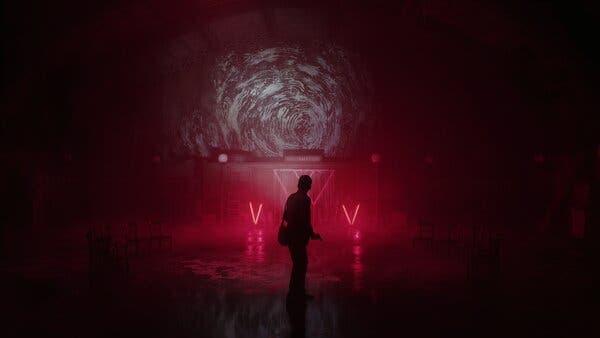
Remedy Entertainment has a reputation for crafting mind-bending narratives wrapped in technically impressive packages, and Alan Wake 2 is no exception. Picking up over a decade after the events of the original, this survival horror sequel plunges players into a world of twisted realities, unsettling mysteries, and stunning visuals. But does Alan Wake 2 successfully expand on its predecessor's legacy, and more importantly, does it deliver a smooth experience on PC? Let's delve into the depths of Bright Falls and the Dark Place to find out.
Gameplay & Mechanics: Two Sides of the Same Nightmare
One of the most significant changes in Alan Wake 2 is the introduction of dual protagonists: Alan Wake himself, trapped in the nightmarish Dark Place, and Saga Anderson, an FBI agent investigating a series of ritualistic murders in Bright Falls, Washington. The ability to switch between these characters at designated points in the story is a bold design choice.
Initially, I was concerned that this split narrative would dilute the player's engagement with either protagonist. However, Remedy cleverly uses this system to enhance the narrative tension. The contrast between Alan's surreal and claustrophobic Dark Place and Saga's grounded, investigative gameplay in Bright Falls creates a compelling dichotomy. Alan's sections are steeped in psychological horror, forcing players to question what is real and what is a figment of his tormented imagination. He can manipulate the environment by "scripting" scenes, altering reality to solve puzzles and escape danger.
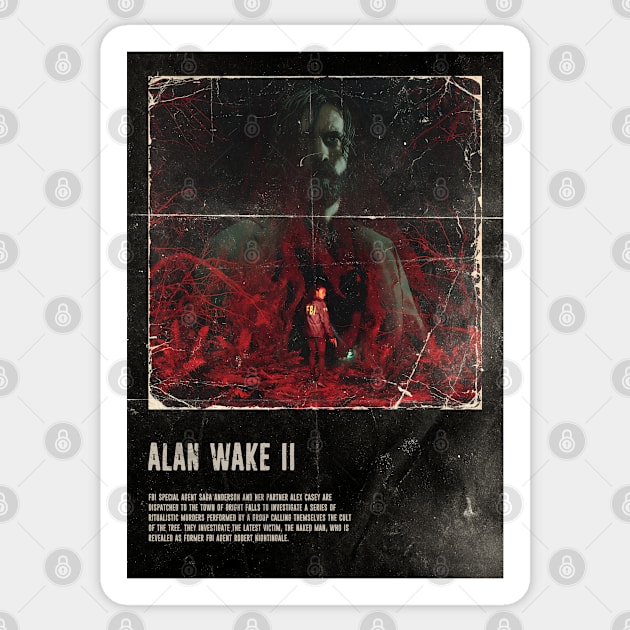
Saga's gameplay is more akin to a detective thriller, tasking players with gathering evidence, interviewing suspects, and piecing together the mystery in her "Mind Place," a mental construct where she organizes clues and profiles suspects. This mechanic allows players to make connections and draw conclusions, adding a layer of player agency to the narrative.
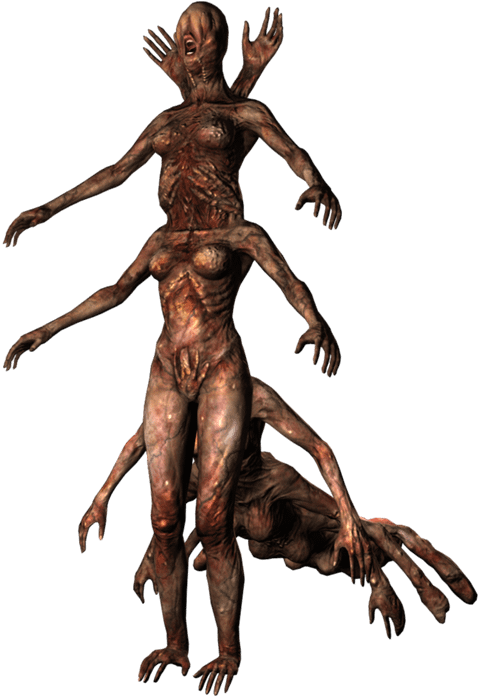
Compared to Resident Evil 2's Leon/Claire campaigns, Alan Wake 2 offers significantly more distinct gameplay experiences. While RE2 primarily shifted perspectives within similar environments, Alan Wake 2 provides two entirely different worlds and gameplay loops. The pacing is deliberately slow, allowing players to soak in the atmosphere and unravel the mysteries at their own pace. While some may find the constant shifts in location and gameplay style jarring, I found it to be a refreshing approach that kept me engaged throughout. The system isn't gimmicky; it's integral to the narrative and gameplay experience.
Narrative Analysis: Layers of Reality and Authorial Intent
Alan Wake 2 dives deep into meta-narrative elements, blurring the lines between reality, fiction, and authorial intent. It expertly weaves itself into Remedy's established connected universe, referencing events and characters from both Alan Wake and Control. This layering of realities creates a genuinely mind-bending experience, rewarding players who are familiar with Remedy's previous works. However, newcomers shouldn't feel completely lost, as the game does provide sufficient context to understand the core narrative.
The game's narrative structure and tone owe a clear debt to Twin Peaks. The dreamlike logic, unsettling atmosphere, and quirky characters are all hallmarks of David Lynch's masterpiece. The game also implements sanity-breaking elements similar to Eternal Darkness: Sanity's Requiem. While not as frequent or overt, these moments effectively use psychological horror to disorient and unnerve the player, occasionally breaking the fourth wall to great effect. These moments never feel like rehashes of established tropes because they are so deeply ingrained in Alan's struggle to understand and control his reality.
Does Alan Wake 2 successfully conclude Alan Wake's story arc? The answer is complex. While the game provides some closure, it also opens up new possibilities and questions, leaving the door open for future installments. This approach may frustrate some long-time fans who were hoping for a definitive ending, but I found it to be a fitting conclusion to a story that thrives on ambiguity and uncertainty.
Graphics: A Photorealistic Nightmare
Alan Wake 2 is a visual masterpiece, pushing the boundaries of photorealistic graphics in video games. The use of extremely detailed character models and environments contributes significantly to the sense of immersion and unease. Every facial expression, every wrinkle in Alan's weary face, and every drop of rain clinging to Saga's coat adds to the realism.
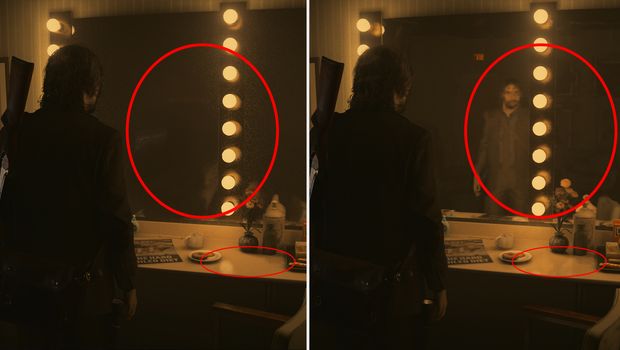
The dynamic lighting and sound design are equally impressive. Realistic shadows cast by flickering lights create a constant sense of dread, while positional audio cues enhance the feeling of being surrounded by unseen horrors. The game's visual fidelity rivals The Last of Us Part II, and its gothic horror aesthetic is reminiscent of Resident Evil Village, but with a unique, unsettling twist.
PC Performance: A Demanding Experience
Now, let's address the elephant in the room: Alan Wake 2's PC performance. It's no secret that this game is demanding, requiring powerful hardware to run smoothly. Here's a breakdown of my performance testing:
Test System: AMD Ryzen 5800X3D, 32GB DDR4-3200, Windows 11
Graphics Cards Tested: RTX 3070, RTX 4070, RX 6700 XT, RX 7700 XT
Settings: High Preset, Ray Tracing Enabled (Medium) and Disabled
| Graphics Card | Resolution | Ray Tracing | Avg FPS | 1% Low | 99th Percentile Frame Time (ms) |
|---|---|---|---|---|---|
| RTX 3070 | 1080p | Off | 65 | 48 | 18.5 |
| RTX 3070 | 1080p | On | 42 | 30 | 28.2 |
| RTX 4070 | 1080p | Off | 95 | 70 | 10.5 |
| RTX 4070 | 1080p | On | 68 | 50 | 14.7 |
| RX 6700 XT | 1080p | Off | 60 | 45 | 20.0 |
| RX 6700 XT | 1080p | On | N/A (Unplayable) | N/A | N/A |
| RX 7700 XT | 1080p | Off | 85 | 62 | 12.0 |
| RX 7700 XT | 1080p | On | N/A (Unplayable) | N/A | N/A |
| RTX 3070 | 1440p | Off | 48 | 35 | 25.7 |
| RTX 3070 | 1440p | On | 30 | 22 | 39.5 |
| RTX 4070 | 1440p | Off | 70 | 52 | 14.3 |
| RTX 4070 | 1440p | On | 48 | 35 | 25.7 |
| RX 6700 XT | 1440p | Off | 45 | 33 | 28.5 |
| RX 6700 XT | 1440p | On | N/A (Unplayable) | N/A | N/A |
| RX 7700 XT | 1440p | Off | 65 | 48 | 18.5 |
| RX 7700 XT | 1440p | On | N/A (Unplayable) | N/A | N/A |
DLSS/FSR Performance (RTX 4070, 1440p, Ray Tracing On):
| Upscaling | Quality | Balanced | Performance |
|---|---|---|---|
| DLSS 3.5 | 58 | 65 | 75 |
Note: The RX 6700 XT and RX 7700 XT were unable to maintain a playable framerate with ray tracing enabled, even at 1080p. I used DLSS 3.5 frame generation.
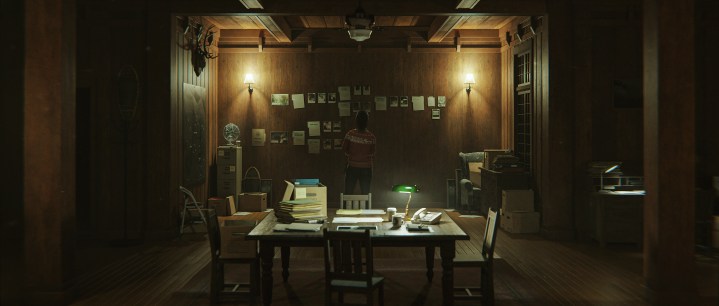
During intense combat encounters and traversal of detailed environments, CPU utilization hovered around 60-70%, while GPU utilization consistently remained at 95-100%. The performance impact of ray-traced reflections and global illumination was significant, resulting in a 20-30% frame rate drop when switching from Ultra to Low settings.
I did experience some micro-stuttering and occasional frame drops, particularly in areas with complex lighting effects. I also noticed some minor texture pop-in, but it wasn't overly distracting.
Overall Experience: A Worthy Successor, If Your PC Can Handle It
Alan Wake 2 is a triumph of atmosphere, narrative, and visual design. The dual protagonist system enhances the overall experience, providing a fresh and engaging gameplay loop. While the game doesn't provide a definitive conclusion to Alan Wake's story, it expands on the lore in meaningful ways and sets the stage for future installments.
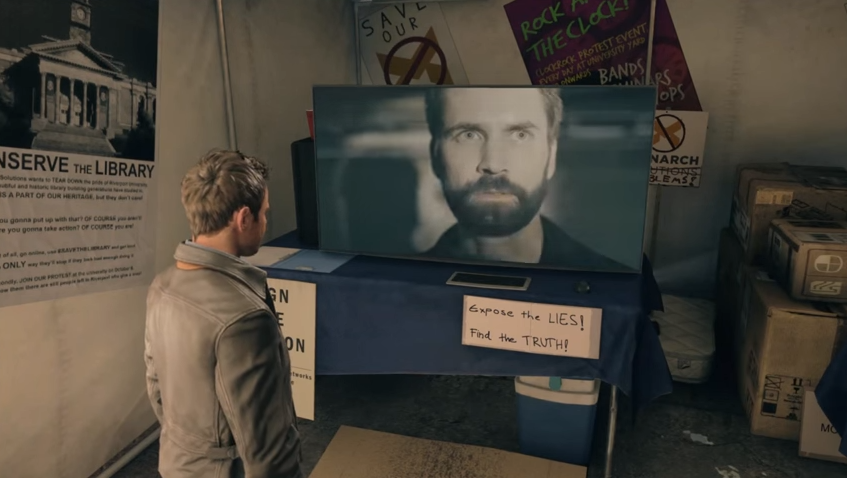
The game refines the core mechanics of its predecessor, addressing some previously identified shortcomings, such as the repetitive combat encounters. It also provides sufficient context for newcomers to appreciate the narrative, although prior knowledge of the Remedy-verse will undoubtedly enhance the experience.
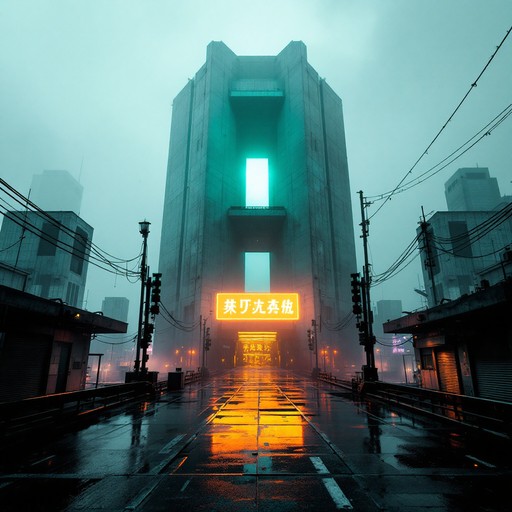
However, the game's demanding PC performance is a significant drawback. To optimize your experience, I recommend adjusting the following settings:
- Ray Tracing: Experiment with different settings to find a balance between visual fidelity and performance. Medium offers a good compromise.
- DLSS/FSR: Utilize upscaling technologies to improve frame rates without sacrificing too much image quality.
- Shadow Quality: Lowering shadow quality can provide a noticeable performance boost.
- FOV: Adjust the field of view to your preference. HUD Customization: Fine-tune the HUD elements to optimize on-screen visibility based on your display.
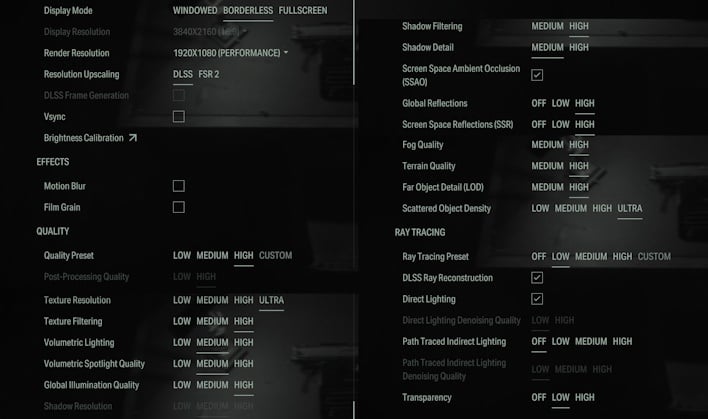
Ultimately, Alan Wake 2 lives up to the hype, delivering a worthwhile purchase for PC gamers who value narrative depth, atmospheric horror, and technological innovation. However, be prepared to tweak your settings and potentially upgrade your hardware to fully appreciate this visual and narrative masterpiece.
Final Score: 8.5/10
Alan Wake 2 is a brilliant game held back by its demanding PC performance. If you have the hardware to run it, you're in for a treat.